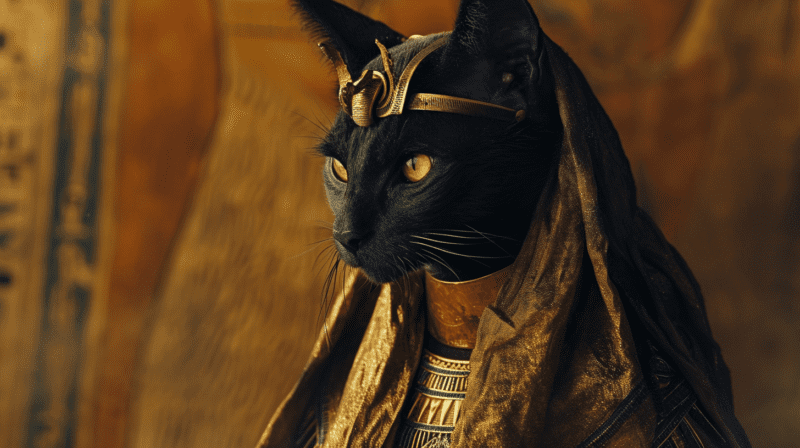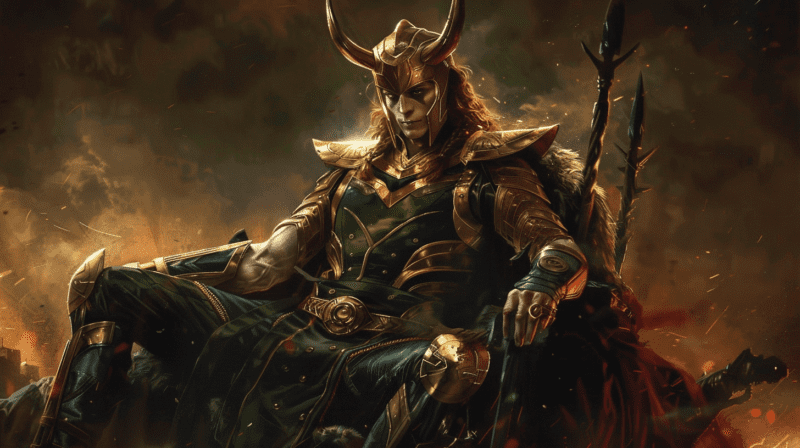In the vast tapestry of ancient mythology and religious texts, few figures captivate the imagination quite like Azazel, the enigmatic demon shrouded in mystery and intrigue. Across various cultures and traditions, Azazel has emerged as a symbol of temptation, a scapegoat for human frailty, and a mysterious entity embodying the darker aspects of the human psyche. In this deep-dive exploration, we embark on a journey to uncover the origins, characteristics, and cultural significance of Azazel, delving into the rich tapestry of myth and legend that surrounds this compelling figure.
Origins and Mythological Background
Azazel’s presence in ancient mythology spans across different religious traditions, each offering unique insights into his origins and significance.
In Jewish tradition, Azazel is mentioned in the Book of Enoch as a fallen angel who taught forbidden knowledge to humanity. His role in the Day of Atonement ritual, where he symbolically bears the sins of the people into the wilderness, highlights his association with purification and atonement.
Christian demonology interprets Azazel as a powerful demon, often equated with Satan or associated with demonic temptation. Depictions in Christian art and literature portray Azazel as a menacing figure, embodying the allure of sin and corruption.
In Islamic tradition, Azazel is sometimes linked with Iblis, the Islamic equivalent of Satan. References in Islamic texts and traditions depict Azazel as a malevolent force tempting humans towards disobedience and sin.
Characteristics and Attributes
Azazel’s character is shrouded in ambiguity, with varying descriptions and attributes across different mythologies.
Descriptions of Azazel’s appearance vary, ranging from monstrous to humanoid, reflecting the diverse interpretations of this enigmatic figure.
In mythological accounts, Azazel possesses formidable powers, including the ability to manipulate human desires and temptations. His influence on human affairs is often depicted as pervasive and insidious.
The personality of Azazel is multifaceted, embodying traits of cunning, deception, and malevolence. His role as a tempter underscores his manipulative nature and his propensity to exploit human weaknesses.
Cultural Significance and Interpretations
Azazel’s significance extends beyond mythological narratives, resonating deeply within cultural and religious contexts.
Interpretations of Azazel as a symbol of temptation or scapegoating shed light on broader themes of human frailty and moral ambiguity. His archetype serves as a cautionary tale against yielding to temptation and succumbing to darkness.
References to Azazel abound in literature, film, and other forms of popular culture, where he continues to fascinate and terrify audiences. Modern reinterpretations often reimagine Azazel as a complex antihero or a supernatural antagonist.
Theological debates surrounding the existence and nature of demons offer insight into Azazel’s role within religious frameworks. Philosophical inquiries delve into the ethical implications of demonic influence and the nature of evil in the human experience.
Legacy and Continued Interest
Despite the passage of time, Azazel’s legacy endures, captivating the imaginations of scholars, artists, and enthusiasts alike.
Azazel’s presence in religious texts and cultural narratives has left an indelible mark on human history, shaping beliefs and practices across generations. His role as a symbol of temptation continues to resonate within religious communities worldwide.
In contemporary society, the allure of Azazel persists, fueling ongoing explorations into the nature of demons and the human psyche. Academic inquiries into Azazel and related topics offer new perspectives on ancient mythologies and their relevance in the modern world.
As we conclude our journey into the realm of Azazel, we are left with more questions than answers. His enigmatic presence serves as a reminder of the enduring power of myth and legend to captivate the human imagination. Whether viewed as a demonic tempter, a symbolic allegory, or a cultural archetype, Azazel continues to fascinate and intrigue, inviting us to explore the depths of human nature and the mysteries of the supernatural.





